Limbic System (Left)
Quick Facts
The limbic system is comprised of a number of brain structures located in the forebrain, or prosencephalon, and the diencephalon, including the hippocampus, the amygdaloid bodies, the mammillary bodies, the fornix and the cingulate gyrus.
These structures form a ring that connects the two cerebral hemispheres. The limbic system is heavily involved in emotion, motivation, reward, addiction, behavior and in modifying long term memory based on emotionally salient stimuli. It is thought that the extensive pathways connecting the limbic system and the prefrontal cortex allows for complex decisions to be made based on current motivations.
Related parts of the anatomy
Learn more about this topic from other Elsevier products
Limbic System

The limbic system is a set of brain structures located at the top of the brainstem and buried under the cortex.




